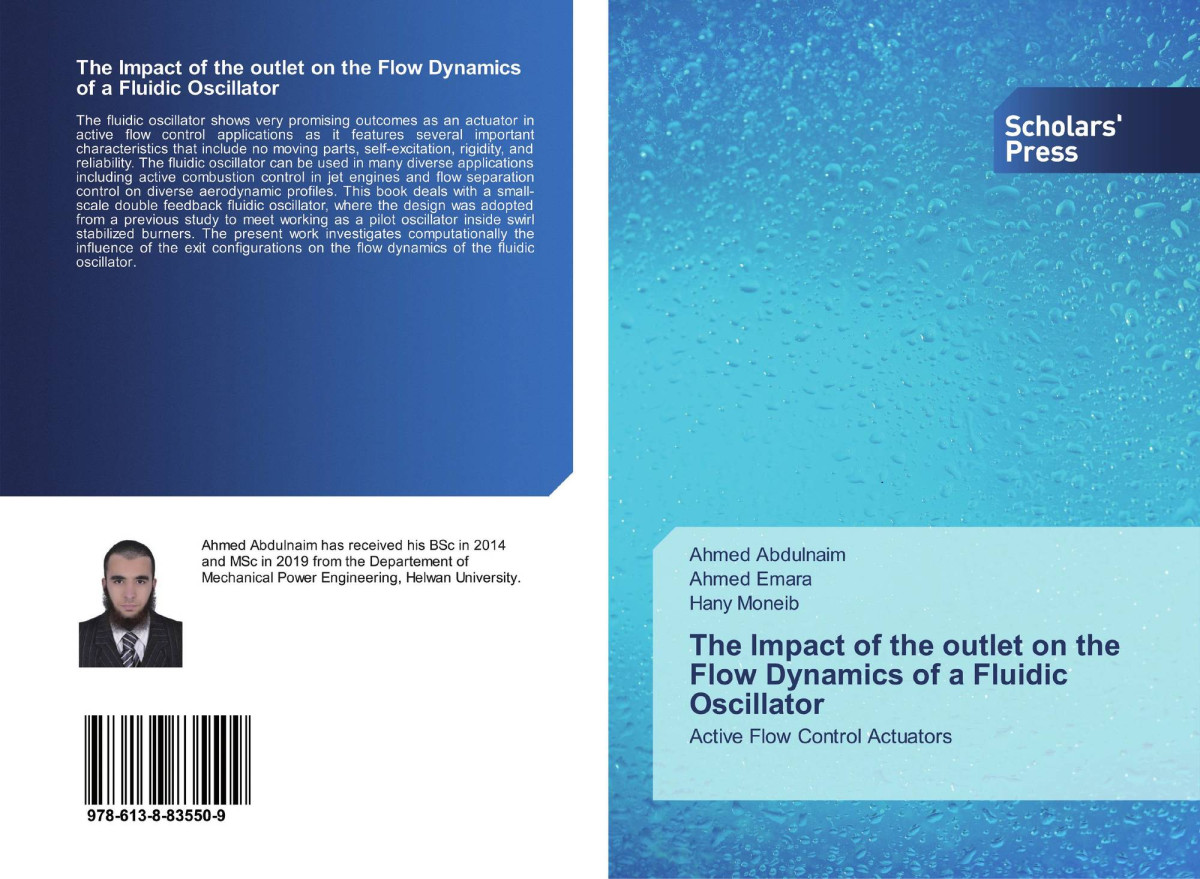

Most ebook files are in PDF format, so you can easily read them using various software such as Foxit Reader or directly on the Google Chrome browser.
Some ebook files are released by publishers in other formats such as .awz, .mobi, .epub, .fb2, etc. You may need to install specific software to read these formats on mobile/PC, such as Calibre.
Please read the tutorial at this link: https://ebookbell.com/faq
We offer FREE conversion to the popular formats you request; however, this may take some time. Therefore, right after payment, please email us, and we will try to provide the service as quickly as possible.
For some exceptional file formats or broken links (if any), please refrain from opening any disputes. Instead, email us first, and we will try to assist within a maximum of 6 hours.
EbookBell Team

4.8
14 reviewsThe fluidic oscillator shows very promising outcomes as an actuator in active flow control applications as it features several important characteristics that include no moving parts, self-excitation, rigidity, and reliability. The fluidic oscillator can be used in many diverse applications including active combustion control in jet engines, development of the next-generation heat exchangers with extremely high heat flux removal capacity and flow separation control on diverse aerodynamic profiles.
This study deals with a small-scale double feedback fluidic oscillator, where the design was adopted from a previous study, which developed the actuator to meet working as a pilot oscillator inside swirl stabilized burners for gas turbines applications. Many experimental and computational investigations were obtained on fluidic oscillators to understand the internal flow dynamics and oscillation characteristics and determine the parameters affecting the actuator performance and the oscillation process. However, there is still lacking in appraising the impact of the exit configuration and exit splitter position on the flow fields and oscillation characteristics.
The present work investigates computationally the influence of the exit configuration on the flow fields and oscillation characteristics inside and outside the fluidic oscillator. The methodology of the study comprises:
(i) The inclusion of a splitter inside the exit channel (configuration FX100),
(ii) The removal of the slitter with retaining the exit channel (configuration FX0), and
(iii) The whole elimination of both the exit channel and splitter (configuration FX0').
To provide experimental data for the process of validation, experimental results were obtained using particle image velocimetry (PIV) laser system with water as a working fluid and time-resolved pressure measurements using a hydrophone.
Two-dimensional computational models based on Unsteady Reynolds-averaged Navier-Stokes (URANS) equations and shear stress transport (SST) were utilized to perform the computational work considering the flow to be turbulent, incompressible, and isothermal.
The simulation results indicate that the exit configuration has no significant effects on the frequencies, while the jet deflection angle of the outflowing jet increases and the jet tends to be continuous when the splitter is eliminated (configurations FX0 and FX0'). The existence of the splitter (configuration FX100) increases the outflow fluctuation amplitudes which would be useful in diverse industrial applications.